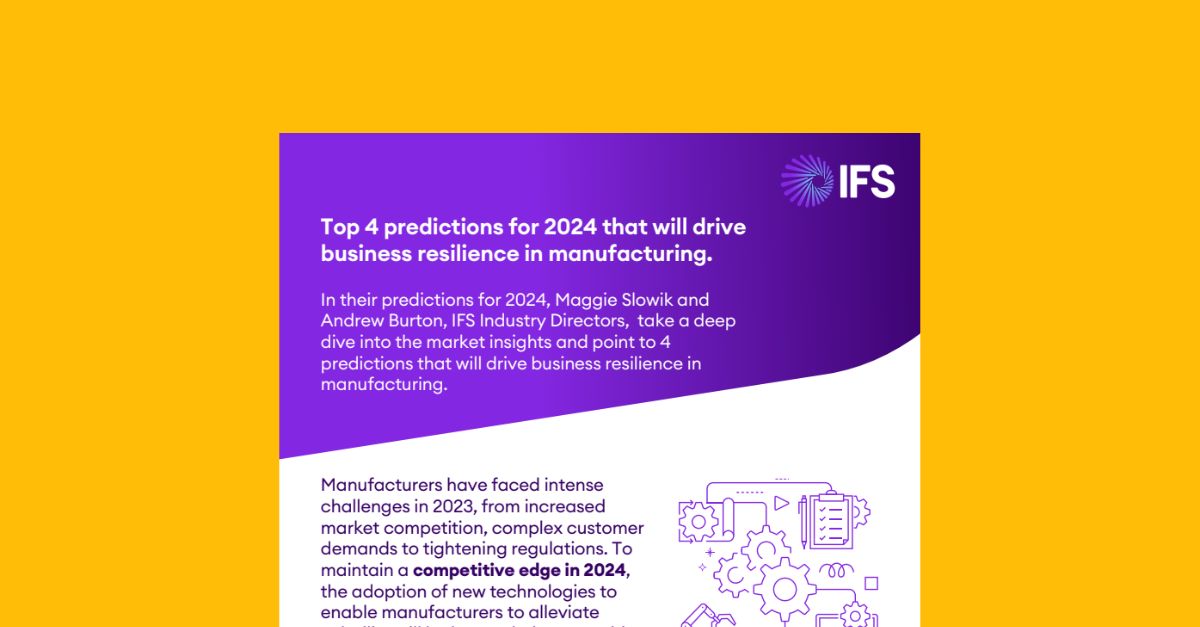Strategic Procurement vs.
Category Management
In the intricate landscape of supply chain optimization, strategic procurement and category management stand out as pillars of efficiency and innovation.
Both methodologies play pivotal roles in shaping how organizations source, manage suppliers, and maximize value. While the terms are often used interchangeably, they represent distinct approaches to achieving procurement excellence. In this blog post, we embark on a comparative journey, exploring the nuanced differences between strategic procurement and category management. By shedding light on the unique strengths and applications of each, we aim to guide businesses toward informed decisions that align with their overarching procurement strategies. Join us as we navigate the pathways of strategic procurement and category management, unraveling the intricacies that define these critical elements of modern supply chain management.

Strategic procurement involves the overall strategic planning and execution of procurement activities across an organization. It includes activities such as defining procurement objectives, identifying suppliers, negotiating contracts, and managing supplier relationships.
Strategic procurement focuses on the broader procurement goals of an organization, such as cost reduction, supply chain efficiency, risk mitigation, and innovation. It takes a holistic view of procurement practices across various categories to align them with the organization’s overall strategic objectives.
The main objectives of strategic procurement are to achieve cost savings, improve supplier performance, enhance supply chain resilience, drive innovation, and maintain compliance with regulations. It looks at the procurement process as a whole and seeks to align it with the organization’s long-term goals.
Strategic procurement involves developing and implementing overarching procurement strategies that consider the organization’s overall requirements, market conditions, and stakeholder needs. It requires collaboration with various internal departments and stakeholders to align procurement activities with the organization’s strategic direction.

Category management, on the other hand, is a more focused approach that involves the strategic management of specific product or service categories within an organization. It aims to optimize the procurement process for each category individually, considering factors like sourcing strategies, supplier relationships, and cost management.
Category management has a narrower focus on specific product or service categories. It involves analyzing market trends, understanding customer requirements, and developing strategies to optimize sourcing, supplier selection, and performance within each category.
Category management aims to maximize the value and performance of individual product or service categories. Its objectives include reducing costs, improving quality, managing risks, ensuring availability, and fostering innovation within specific categories.
Category management takes a more specialized approach, focusing on in-depth analysis of specific categories. It involves cross-functional teams dedicated to each category, working closely with suppliers to optimize sourcing strategies, negotiate contracts, and monitor performance.
In summary, while strategic procurement addresses the organization’s procurement goals, category management delves into specific product or service categories to optimize their procurement processes. Both approaches are essential for effective supply chain management, and organizations often employ a combination of strategic procurement and category management strategies to achieve their objectives.
Partner with RIGSERV and improve your strategic procurement and category management strategies. We have experienced people, documented and proven processes, and modern in-house design technology to help you lift and move your supply chain management to the next level.
Inventory Management Solutions
Asset Management Solutions
Distribution Management Solutions



